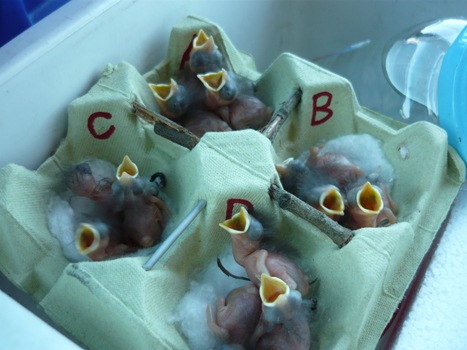In this study, a cross-fostering experiment was conducted between an oakwood and an adjacent conifer plantation to investigate the role of early experience and genetic background in habitat selection in a pied flycatcher (Ficedula hypoleuca) population. Most birds returned to breed in the forest patch where they were raised, indicating that settlement decisions are determined by individuals' experience in their natal site, rather than by their genetic background. Nevertheless, a third moved away from the rearing habitat and, as previously observed in unmanipulated individuals, dispersal between habitats was size-dependent. Pied flycatchers breeding in the oak and the pine forests are differentiated by body size (the latter being smaller in size), and analyses of genetic variation at microsatellite loci now provide evidence of subtle genetic differentiation between the two populations. Phenotype-dependent dispersal may contribute to population structure even at small spatial scales. Nevertheless, the strong tendency to return to the natal patch regardless of their body size might lead to maladaptive settlement decisions and thus constrain the potential of phenotype-dependent dispersal to promote microgeographic adaptation. informacion[at]ebd.csic.es: Camacho et al (2016) Natal habitat imprinting counteracts the diversifying effects of phenotype-dependent dispersal in a spatially structured population. BMC Evolutionary Biology 16:158. DOI: 10.1186/s12862-016-0724-y
http://link.springer.com/article/10.1186/s12862-016-0724-y

 Las altas temperaturas están provocando que las lagunas y las marismas de Doñana pierdan agua rápidamente
Las altas temperaturas están provocando que las lagunas y las marismas de Doñana pierdan agua rápidamente




